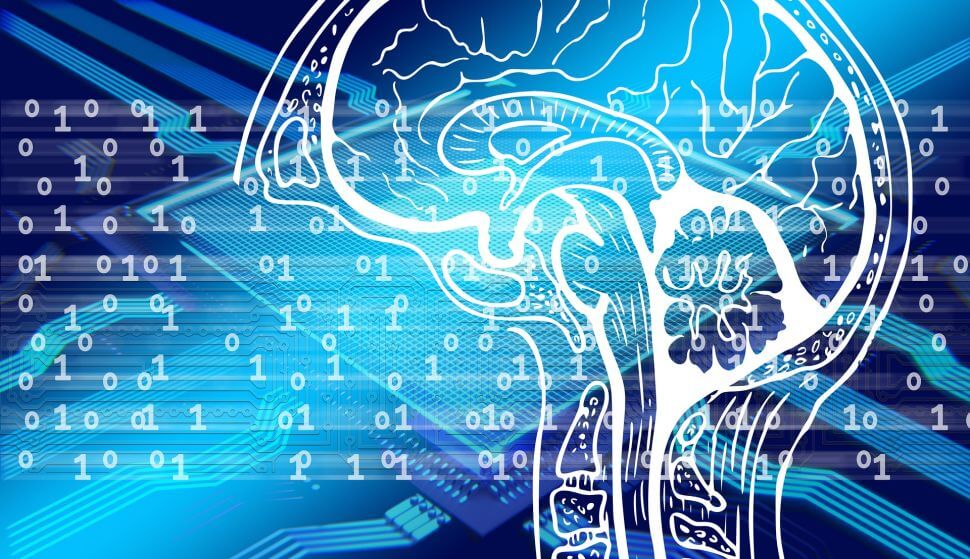Source: analyticsinsight.net
Self-supervised learning is one of those recent ML methods that have caused a ripple effect in the data science network, yet have so far been flying under the radar to the extent Entrepreneurs and Fortunes of the world go; the overall population is yet to find out about the idea yet lots of AI society consider it progressive. The paradigm holds immense potential for enterprises too as it can help handle deep learning’s most overwhelming issue: data/sample inefficiency and subsequent costly training.
Yann LeCun said that if knowledge was a cake, unsupervised learning would be the cake, supervised learning would be the icing on the cake and reinforcement learning would be the cherry on the cake. We realize how to make the icing and the cherry, however, we don’t have a clue how to make the cake.”
Unsupervised learning won’t progress a lot and said there is by all accounts a massive conceptual disconnect with regards to how precisely it should function and that it was the dark issue of AI. That is, we trust it to exist, yet we simply don’t have the foggiest idea of how to see it.
Progress in unsupervised learning will be gradual, however, it will be fundamentally determined by meta-learning algorithms. Lamentably, the expression “Meta-Learning” had become the catch-all expression of the algorithm that we ourselves didn’t see how to make. In any case, meta-learning and unsupervised learning are connected in an extremely unpretentious manner that I would like to examine in more prominent detail later on.
There is something fundamentally flawed with our comprehension of the advantages of UL. A change in context would be required. The traditional structure (for example clustering and partitioning) of UL is in actuality a simple task. This is a direct result of its separation (or decoupling) from the downstream fitness, objective or target function. In any case, recent success in the NLP space with ELMO, BERT, and GPT-2 to extricate novel structures dwelling in the statistics of natural language has led to gigantic enhancements in numerous downstream NLP tasks that use these embeddings.
To have an effective UL inferred embedding, one can utilize existing priors that finesse out the implicit relationships that can be found in data. These unsupervised learning techniques make new NLP embeddings that make unequivocal the relationship that is inherent in natural language.
Self-supervised learning is one of a few intended plans to make data-efficient artificial intelligence systems. Now, it’s extremely difficult to foresee which system will prevail with regards to making the next AI revolution (if we’ll wind up receiving a very surprising technique). However, this is what we think about LeCun’s masterplan.
What is frequently alluded to as the limitations of deep learning are, truth be told, a constraint of supervised learning. Supervised learning is the class of machine learning algorithms that require annotated training data. For example, if you need to make an image classification model, you should prepare it on countless pictures that have been marked with their legitimate class.
Deep learning can be applied to various learning ideal models, LeCun included, including supervised learning, reinforcement learning, as well as unsupervised or self-supervised learning.
Yet, the disarray encompassing deep learning and supervised learning isn’t without reason. For the moment, most of the deep learning algorithms that have discovered their way into pragmatic applications depend on supervised learning models, which says a lot regarding the present weaknesses of AI frameworks. Image classifiers, facial recognition systems, speech recognition systems, and many of the other AI applications we utilize each day have been trained on a large number of labeled models.
Utilizing supervised learning, data scientists can get machines to perform outstandingly well on certain complex tasks, for example, image classification. However, the success of these models is predicated on large-scale labeled datasets, which makes issues in the regions where top-notch information is rare. Labeling a huge number of data objects is costly, time-intensive, and unfeasible in many cases.
The self-supervised learning paradigm, which endeavors to get the machines to get supervision signals from the information itself (without human inclusion) may be the response to the issue. As indicated by some of the leading AI researchers, it can possibly improve networks robustness, uncertainty estimation ability, and reduce the costs of model training in machine learning.
One of the key advantages of self-supervised learning is the tremendous increase in the amount of data yielded by the AI. In reinforcement learning, training the AI system is performed at the scalar level; the model gets a single numerical value as remuneration or punishment for its activities. In supervised learning, the AI framework predicts a class or a numerical incentive for each info. In self-supervised learning, the yield improves to an entire image or set of images. “It’s significantly more data. To become familiar with a similar amount of knowledge about the world, you will require fewer examples,” LeCun says.


